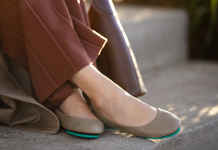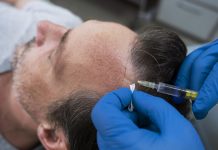Varicose veins are very common, particularly among older people, pregnant women, and those who live sedentary or particularly active lifestyles. While these may appear to be merely a cosmetic issue, they can develop into something dangerous if left unchecked. There are a number of signs that can indicate that they are becoming a health risk, however, and a number of treatments that can be undertaken in the event of a dangerous vein developing.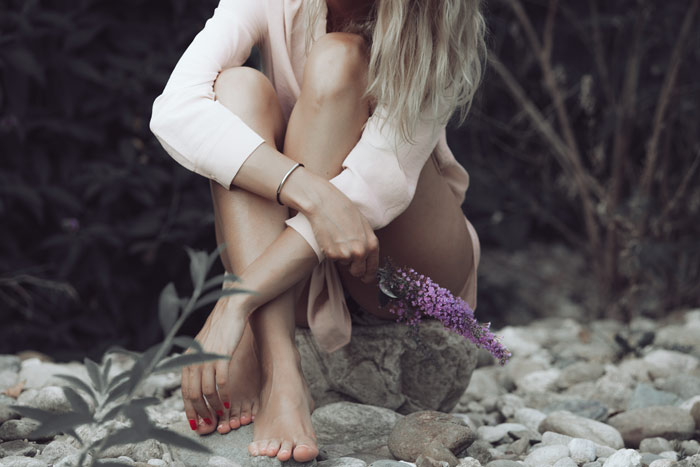
What Are Varicose Veins?
Varicose veins occur when the valves inside the vein slowly weaken, and the blood begins to escape from the vein into the surrounding tissue. This can appear as discolouration or bruising in the leg, and typically blue or greenish-looking, bulging veins. The varicose vein may also be slightly itchy. These varicose veins happen because the small valves in the vein are working to help blood pump back towards the heart, and the valves in the legs are working against gravity. This makes their work harder and when they are overused or struggling to work, they are more likely to fail.
These types of veins typically appear in certain stages of life, such as during pregnancy, or as a result of aging. They are also more common in overweight people. During pregnancy, the valves in the leg are under extra pressure, because a pregnant woman’s blood volume increases by a double while she is pregnant. The weight of the baby also adds extra pressure down into the pelvis and legs, which can also cause the venous valves to work overtime.
Aging also causes varicose veins, simply because the veins begin to fail as they get older. This is a very common issue, and “as many as one out of every two people over the age of 50 are affected by varicose veins”. Overweight people may have valves that need to work harder to push blood through a larger body, or issues such as high blood pressure may also contribute to the failure of the valve.
How Can They Become Dangerous?
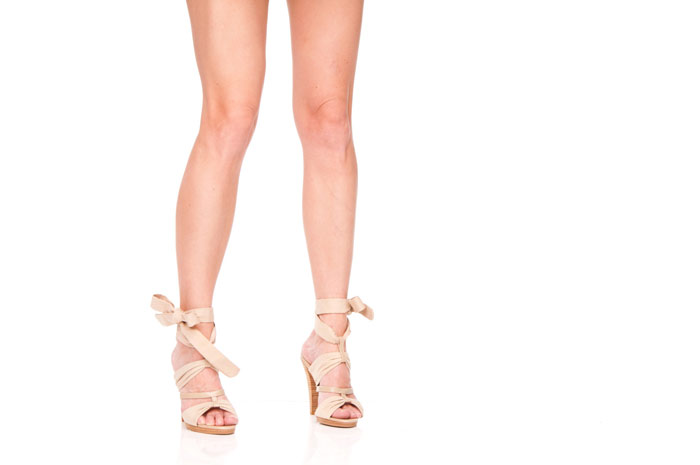
Many people think of varicose veins as simply a cosmetic problem, but they can become dangerous if left untreated. A minor complication of varicose veins is that they can develop into bleeding if they are bumped or cut. This bleeding can be hard to stop.
Furthermore, varicose veins can contribute to chronic venous insufficiency, meaning that the veins are functioning so poorly that they are no longer delivering the appropriate oxygen and nutrients to the surrounding tissues. This can cause eczema, skin discolouration, or ulcers. Most importantly, they can develop into blood clots or a deep vein thrombosis, both of which can be life-threatening.
What Treatments Are Available?
A good preventative measure to take before you need treatment is to look into the use of compression stockings. Support stockings for varicose veins can be a good first step, as they are non-invasive, easy-to-obtain, and can be easily incorporated into your daily life. Many types of fashionable compression stockings are also now available. Support stockings are worn over the lower leg and are typically tighter at the bottom and looser towards the thigh. This helps to create an upward pressure, allowing the valves inside the vein to work more efficiently.
If you already have varicose veins, there are two main types of treatments available: heat-based treatments and chemical-based treatments. Heat treatments all use some kind of heat sources, such as electricity or laser, to heat up the affected vein and seal it off. This stops the blood pooling into the surrounding tissues. Chemical treatments use a foam which is injected into the vein, to seal it off.
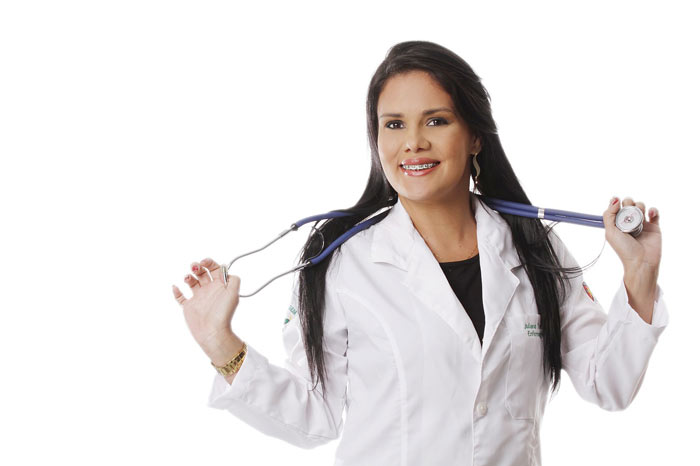 Varicose veins are very common and are not usually something you need to worry about. However, they can become a health risk and can be dangerous, so monitor the development of your veins carefully, and do what you can to prevent varicose veins.
Varicose veins are very common and are not usually something you need to worry about. However, they can become a health risk and can be dangerous, so monitor the development of your veins carefully, and do what you can to prevent varicose veins.


